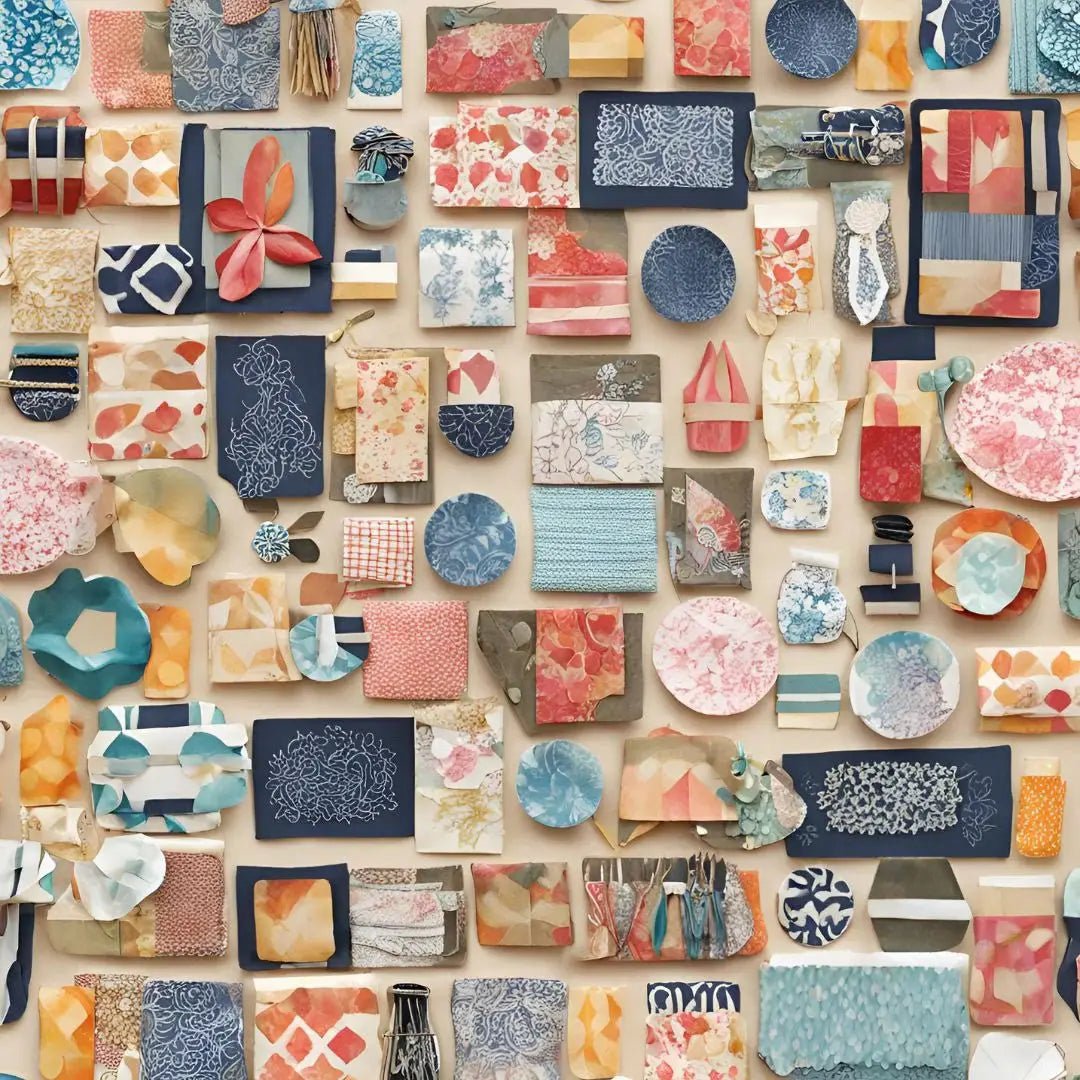
Craft trends 2024
The year 2024 has brought with it exciting new trends in the world of handicrafts. Crafts have always been a significant part of culture and lifestyle, and often reflect wider social and economic changes.
1. Ecology and sustainable development
Ecology has been at the center of handicrafts for several years, but this year it has risen and will rise to an even more important position. Consumers are increasingly aware of their environmental impact and are looking for products that are made sustainably and environmentally friendly. This is particularly evident in the increased use of natural materials such as jute, linen and hemp. Recycled materials and waste-free manufacturing processes are also in focus.
2. Tradition and modernity come together
In 2024, handicrafts will increasingly combine traditional techniques and modern elements. The trend can be seen, for example, in the combination of traditional weaving and knitting techniques with modern shapes and colors. Artisans look to past times for inspiration, but adapt old methods to meet modern needs and tastes.
3. Personalization and individuality
Individuality and personalization are strongly featured in the craft trends of 2024. Consumers are increasingly appreciating unique and personalized products that reflect their own style and personality. This can mean, for example, handmade jewelry, clothes or interior items that are customized according to the customer's wishes.
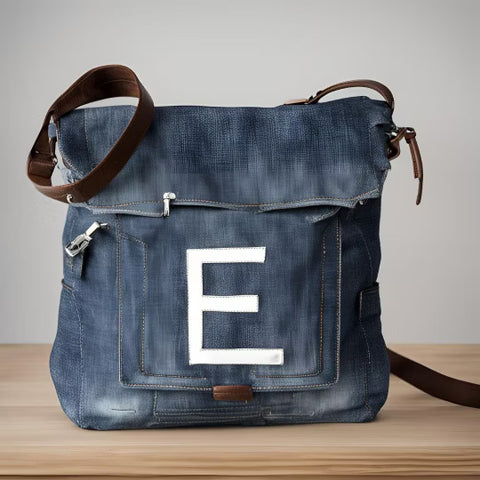
4. Digital craftsmanship
The development of technology opens up new opportunities also in the field of handicrafts. 3D printing, laser cutting and other digital manufacturing methods allow craftsmen new ways to create and realize their ideas. Digital handicraft does not replace traditional handicraft, but complements it and offers new tools for expressing creativity. Decoration and personalization of accessories can usually be completed digitally.
5. Community spirit and networking
Community spirit has always been an important part of craft culture, and in 2024 it will be emphasized even more. Craftsmen are increasingly networking and sharing information both locally and globally. Social media, online courses and community workspaces provide platforms where craft enthusiasts can learn from each other and be inspired by joint projects.
6. Slow crafting
Slow crafting is a phenomenon that emphasizes the value of slowness and care. It is a backlash against mass production and fast consumption. Slow craftsmanship emphasizes the durability and quality of the products, as well as immersing yourself in the process and enjoying it. This trend can be seen especially in traditional handicrafts such as weaving, knitting and crocheting, where a slow and precise way of working is an essential part of the process.
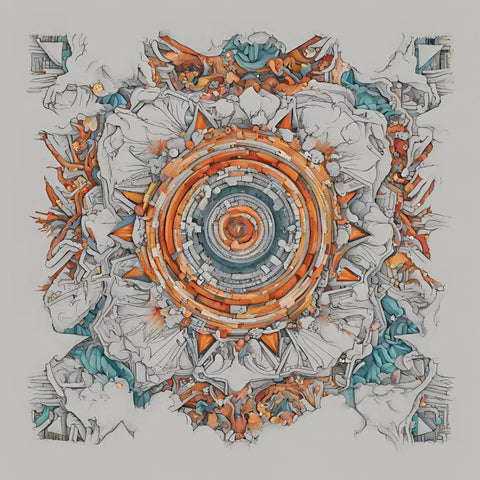
Growing popularity of jute products
Jute products have become very popular as part of the ecological and sustainable development trend. Jute is a natural material that is completely biodegradable and environmentally friendly, which makes it an ideal choice for those striving for sustainable consumption. In 2024, the use of jute products will continue to grow as consumers look for alternatives to synthetic materials and mass-produced products. Linen and hemp are also increasing in popularity in the footsteps of sustainable development. Jute products offer versatile possibilities for handicrafts. Jute is used quite widely to make various products, such as baskets, bags, carpets and decorative items. Its durability and natural appearance make it a popular material for both home decoration and practical everyday products.
Craftsmen's skills on display
Making handicrafts requires skill and care, which emphasizes the craftsmanship of the craftsmen. In 2024, the skills and stories of artisans will gain even greater value as consumers want to know more about the origin and manufacturing process of products. Stories create a stronger connection between products and their users, increasing the value and meaning of the products.
DIY projects
DIY (do-it-yourself) projects are still popular in 2024, and jute offers a great material for various home projects. Jute ropes, fabric and ribbons are widely used in various craft projects, such as making wall decorations, flower arrangements and storage solutions. The natural and earthy look of jute is suitable for many styles, and it is easy to combine with other materials. The recycling of jeans and the tuning of linen products are also raising their heads, and the trend of individuality and personalization can also be seen in these products. Consumers want personalized products that reflect their own style and taste. This can mean, for example, customized bags with added initials or special decorations. Personalization increases the uniqueness of the products and makes them special gifts or items for yourself.
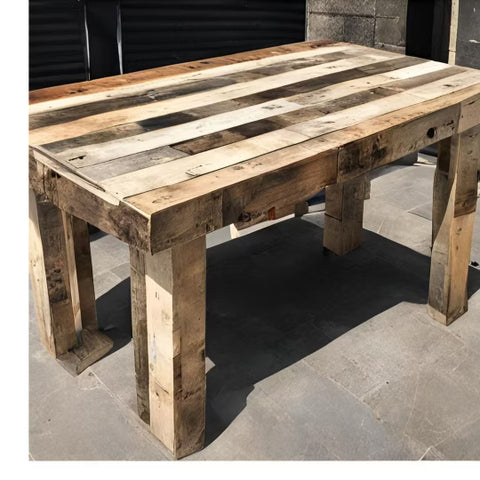
Methods of using recycled materials
Products made from recycled materials are environmentally friendly and offer many ways of use:
Decorative items : Recycled materials such as old bottles or scrap metal can be used to make unique decorative elements such as candlesticks, vases or works of art.
Furniture: Furniture made from recycled materials, such as pallet tables and shelves, are durable and give a personal look to the home.
Fashionable accessories: You can create new, trendy accessories from old clothes and fabrics, such as bags, scarves and jewelry.
DIY recycling projects
DIY projects with recycled materials are both fun and useful:
Paper mache decorations : Use old newspapers and shredded paper to make papier mache. You can create decorative items such as bowls and figures. Or make spectacular jewelry.
Fabric reuse : Make new textile products from old clothes or fabrics, such as pillow covers or curtains. Create bags that look like fabrics or traditional rag rugs.
From wood and metal : You can make furniture or decorative items from old wood and metal parts. With a little effort, you can give the material a new life.
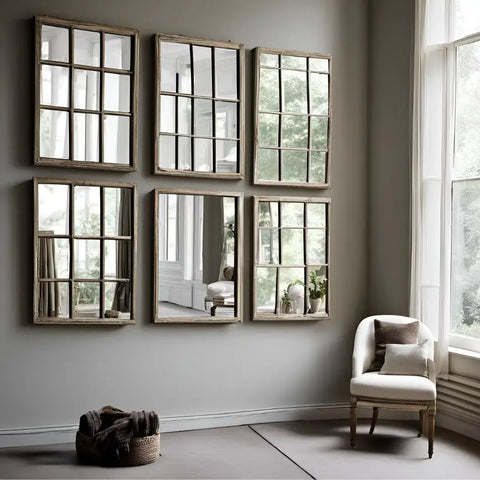
Care and maintenance of recycling materials
Recycled materials require special care to last a long time. Recycled materials should be cleaned carefully before use. Use mild cleaning agents and avoid chemicals that can damage the materials. Treat materials such as wood and metal with appropriate preservatives to preserve their beauty and durability. Products made from recycled materials may require repairs. Small damages can be easily repaired yourself, and the repair extends the product's service life.
Products made from recycled materials are also an excellent choice for home decoration. Recycled furniture, such as tables made from old doors or mirrors made from windows, bring a unique history and charm to the home. Old bottles, jars and metal parts can be transformed into beautiful and personal lamps. Use old frames, windows or even metal sheets as a basis for works of art and create impressive wall decorations.
Summary
Products made from recycled materials are a key part of the craft trends of 2024, offering environmentally friendly and versatile options for interior design and everyday life. The possibilities of using these products are endless, and they offer creative solutions that combine durability and aesthetics. In 2024, craftsmen and hobbyists will find inspiration and opportunities in recycled materials to create beautiful, sustainable products that tell a story of the past and bear responsibility for the future.
